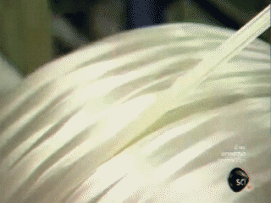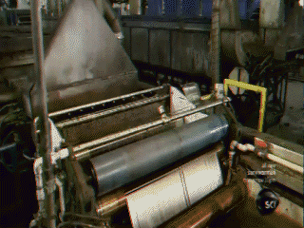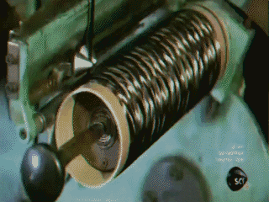What Exactly is Carbon Fiber?
What Kind Of Material is Carbon Fiber?
Everyone has heard of carbon fiber. It is a high-performance material that is both familiar and unfamiliar to us. It has both the inherent hardness of carbon materials and the soft processing characteristics of textile fibers. It is called the king of materials.
It is a high-end material often used in airplanes, rockets, and bulletproof cars. The earliest application of carbon fiber in automobiles was in F1 racing cars. Now it is also used in civilian cars. It is painted black and deliberately exposes the black woven pattern of carbon fiber components. It is very cool to drive.


How can we make strong car parts out of fiber materials that are ultra-light and soft? How can we reduce the cost of using carbon fiber in cars when it is expensive?

Japan and the United States have the best carbon fiber technology. Japan is the largest producer of carbon fiber in the last century, and Japan’s carbon fiber production capacity accounts for half of the world.
Edison invented carbon fiber in 1880, yes, the Edison who invented the light bulb. Carbon fiber was discovered when experimenting with filaments. After more than 100 years of development, BMW used carbon fiber on i3 and i8 in 2010, opening up the application of carbon fiber in automobiles.
Carbon fiber as a reinforcing material and resin as a matrix material form a carbon fiber composite material. Carbon fiber is used in car frames, seats, engine covers, drive shafts, rearview mirrors and other car bodies. There are several major advantages of using carbon fiber in automobiles:

Lightweight: Currently, electric vehicles are very popular. Due to the short range of battery technology, it has become a bottleneck restricting its development. The only solution is to replace the body structure and materials. Carbon fiber composite materials are 3/4 lighter than steel and 1/3 lighter than aluminum. The most direct impact is long range and more energy saving.
Comfort: The soft tensile properties of carbon fiber have a good improvement in the noise and vibration control of the whole vehicle, which will greatly improve the comfort of the car.
Reliability: Carbon fiber has higher fatigue strength and good collision energy absorption. It can reduce the weight of the vehicle while maintaining strength and safety, reducing the safety risk factor brought by lightweighting.
Improve life: Some accessories on the car require corrosion resistance and must undergo the test of high temperature, low cold, and smoke. Ordinary metal parts cannot guarantee the service life in different environments. Carbon fiber does not have corrosion and rust problems, which enhances the service life of automotive parts.
Manufacturing Process Of Carbon Fiber
Wire drawing: The raw materials are heated, and then squeezed into gel-shaped filaments. Plastic fibers are composed of thousands of filaments.
Stability: After heating and oxidation at 400 degrees, the thermoplastic macromolecules are converted into heat-resistant structures. It does not melt or burn at high temperatures, maintains the fiber shape, and is thermally stable. Carbonization: Heating at 1,000-2,000 degrees drives away non-carbon atoms, and turns black with high-temperature oxidation, and then passes through a carbonization furnace to bind the carbon atoms to the fiber.
Graphitization: Parallel filaments are subjected to charged corrosion on the surface to better absorb the resin. Hundreds of fibers form a fiber mesh. The resin coating and the fiber mesh enter the machine at the same time. The heated resin is adsorbed on the fiber mesh. The resin is squeezed into the fiber mesh. After cooling, the liquid resin becomes a gel.
The principle is just like gluing a piece of paper completely into a thick stack, and the stack will become solid.
When I mention carbon fiber, I always think of it as being strong, light and expensive (compared to steel and aluminum products). For example, it is used in high-end products such as F1 racing cars, but now it is used in civilian cars. In fact, carbon fiber is a general term for materials in a broad sense, and there are many composite materials derived from it.
Different composite materials have different high-temperature heat treatment temperature costs according to different carbonization rates, so the prices of different carbon fiber materials will also vary greatly. With the development of technology, the scope of application becomes larger, more funds are invested, and the recycling and reuse technology matures, the cost of carbon fiber will further decrease. Carbon fiber composite materials will be used more and more in automobiles.
Therefore, the application of carbon fiber in the automotive field will become more and more extensive, and the emissions of automobiles will become lower and lower in the future, while the automobiles themselves will become more and more “high-carbon”. The two technologies that will subvert automobiles in the future are new carbon fiber materials and intelligence.
ANY QUESTIONS OR COMMENTS, PLEASE GET A HOLD OF US IN WHICHEVER WAY IS MOST CONVENIENT. WE WILL REPLY YOU WITHIN 24 HOURS.






